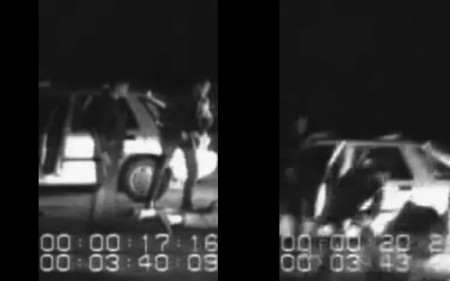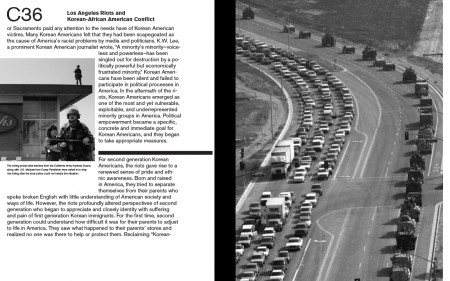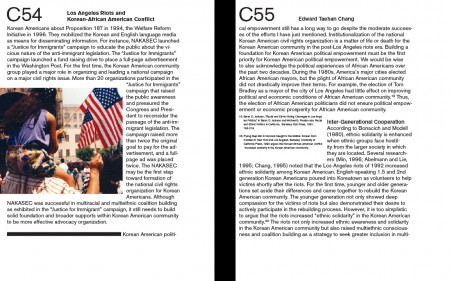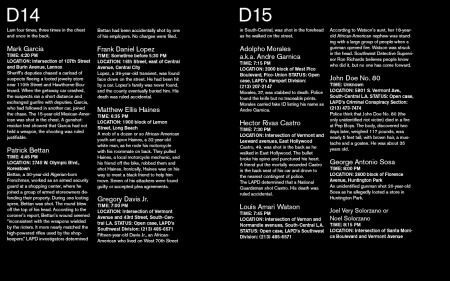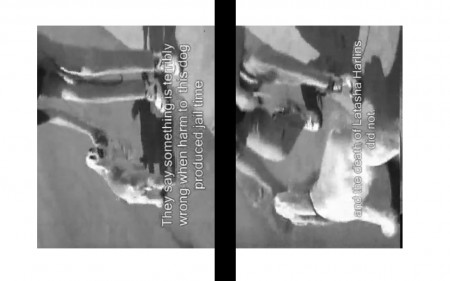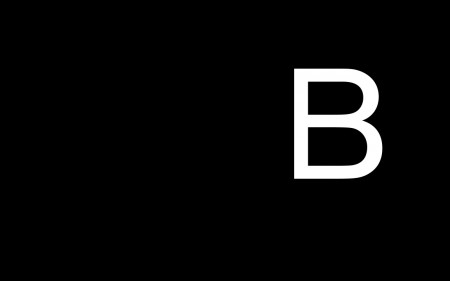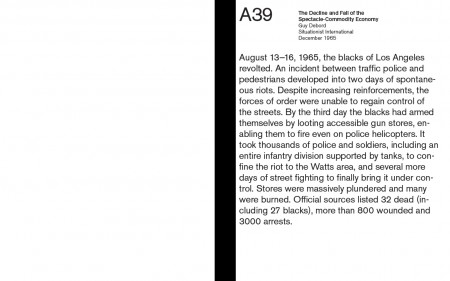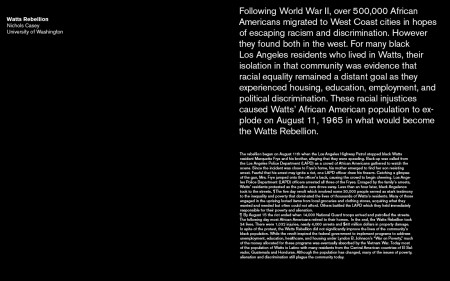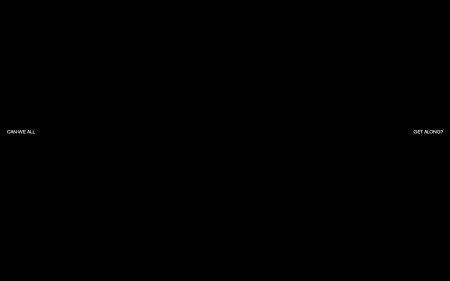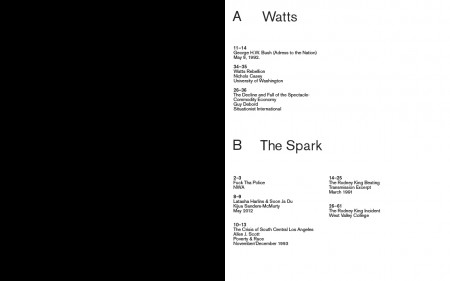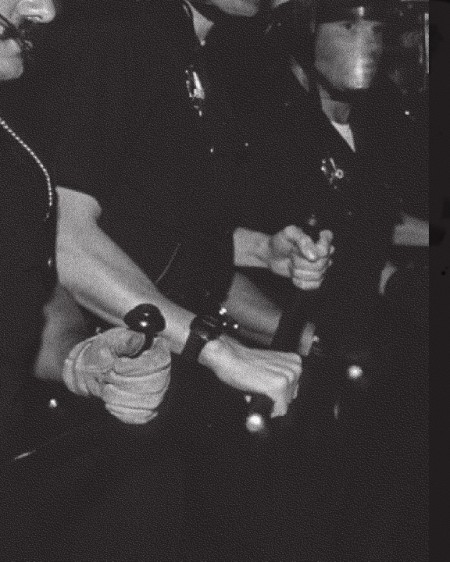1992 in Black and White
While I think wikipedia is a swell tool sometimes, it is not an educational substitute. Each term in my foundation class at Art Center I give an assignment that requires research. This term the students returned with presentations on politics and photography. It's obvious which ones are just reading from wikipedia: "Social documentary photography is the recording of humans in their natural condition with a camera. Often it also refers to a socially critical genre of photography dedicated to showing the life of underprivileged or disadvantaged people." My response, "And...?"
I used to assign a film poster which required watching a movie outside of the class room. How hard is that? It's not reading Joseph Conrad. Then I found that people were only watching snippets on YouTube. So now, we watch the whole movie in class. This makes me feel like Bad Teacher.
In contrast to this is the enormous energy and effort that Robert Cha put into this publication. Robert worked on the Fires in Our Time book as an independent study with me. When he mentioned the 1992 L.A. Riots as a subject I expected a nice 18 page booklet with big headlines and photos. Instead, Robert created a relentlessly dense document that reports and deconstructs the riots. 300 pages of interviews, newspaper reports, television, and first hand accounts. This enormous amount of information would be enough, but Robert then applied a design solution that did not try to aestheticize the issue. His book dogmatically sticks to a rigid rule system. Each type of information is assigned a typeface, size, and position. The final result are pages that feel like elements slamming against each other, none willing to compromise.
Many issues and multiple viewpoints collided in Los Angeles after the Rodney King verdict. The riots were more than one thing. To minimize them and assign a pithy one line answer is a disservice to the complexity of the ongoing problem. Robert's book is the best example of this put into concrete form.


